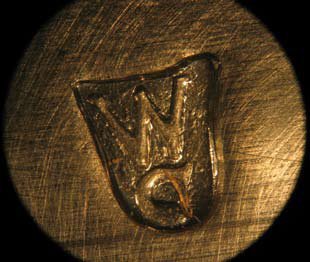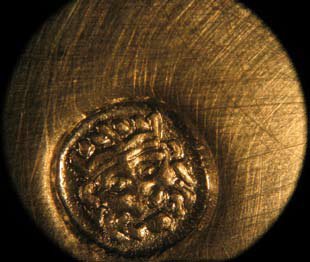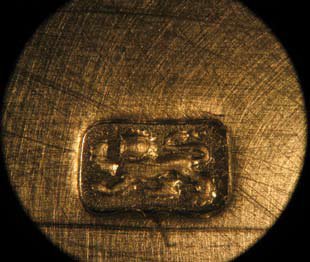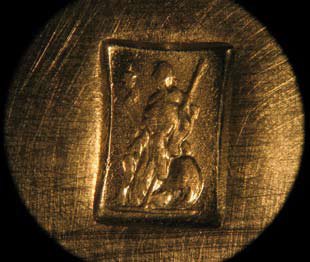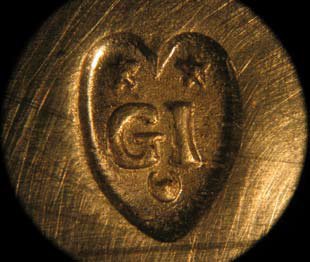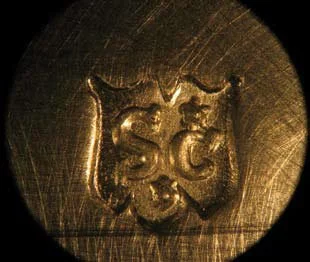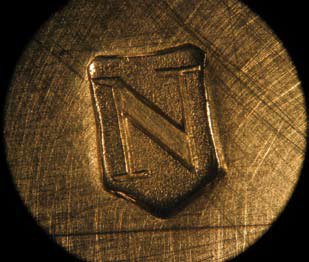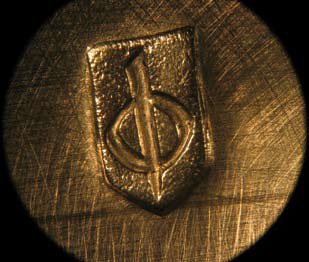The Peter Ashley-Russell fakes & forgeries case
At the Snaresbrook Crown Court in London on Thursday 25 September 2008, Mr. Peter Ashley-Russell was sentenced to a total of three years’ imprisonment for offences under the Forgery Act 2006, four offences relating to the faking and forging of antique silver. Ashley-Russell was responsible for the faking and forging of 39 antique spoons, forks, coffee pots and a tazza made of silver. The fraudulent activities included conversion of spoons to forks to increase their value and the application of fake hallmarks using imitation punches that Peter Ashley-Russell had forged.
The prolific number of fraudulent spoons produced and the high market value these items would have fetched on the open market make this case one of the most significant involving hallmarking deception in the past century. Prior to this, the most notable prosecution was the infamous Lyon and Twinam case, whereby Reuben Lyon and Charles Twinam were found guilty of forging silver in the 1890s. The Goldsmiths’ Company also played an active role in authenticating confiscated exhibits and providing expert evidence in this landmark trial.
There are several aspects of the Ashley-Russell case which represent significant changes in the way that the faking of antique silver is now attempted, the first of which is the high quality of the workmanship in the manufactured punches leading to particularly authentic looking hallmarks on the forged articles. Secondly, the detail of the false patination and engraving on each spoon was at a higher level of skill and competence than has been seen previously. Finally, extensive use was made of internet auction sites to distribute these articles. The collection of seized goods, which includes the fake punches used and articles in the process of being forged, is a unique and invaluable educational resource.
This PDF includes an index and illustrations of 40 items which Peter Ashley-Russell faked or was in the process of faking, and has been produced as a guide to the characteristics of the fake items, the methods used in faking and the fake hallmarks and should only be used for reference purposes.
Any suspicious items should be submitted to the Goldsmiths’ Hallmarking Authentication Committee.

